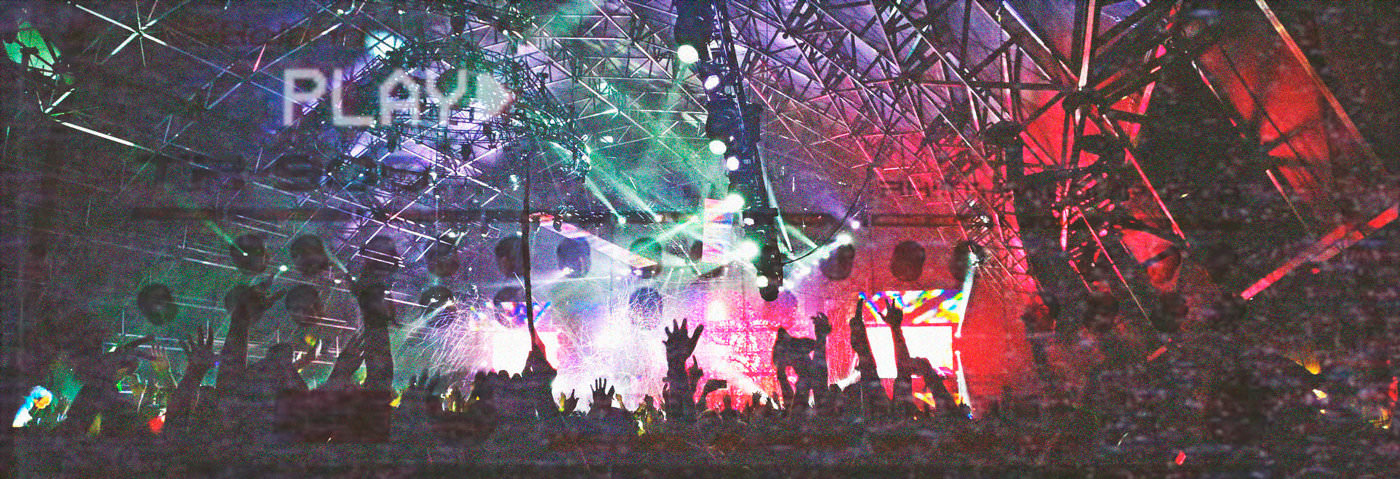

mid samples into the software for building beats.

The included drums sound nice, but it’s crucial that Liquid Rhythm lets you integrate sample folders from your desktop to its Library for importing. The program comes with more than 1 GB of drum sample content organized into 12 kits ranging from Acoustic and Rock to Dubstep and Techno. That lets you activate Live clips in Liquid Rhythm, so you can dynamically edit them and switch between different clips all within Liquid Rhythm’s interface.

Ableton Live 9 Suite users can enjoy the coolest setup of all, where Liquid Rhythm not only controls other software instruments, but also integrates Live’s Session clips within its own interface for a better workflow. Less the bludgeoning porno-beats of electroclash – the musical genre of recent times most associated with the film – than a curiously childlike take on exomusicology: true sci-fi lullabies, advertising jingles for absurd products not yet invented.The software works as a standalone mini-DAW (Mac/Win) for MIDI drum trackcreation or as an AU/RTAS/AAX/VST plug-in with three plug-in modes: Stereo is the most basic Multi-output sends up to eight stereo/16 mono channels for separate output processing and the Interplug-in MIDI Routing mode makes Liquid Rhythm into a sequencer-within-a-sequencer that can control the MIDI notes of another VST instrument placed on the same DAW track. Far more crotched and rangy than the Barrons’ work on Forbidden Planet, Liquid Sky‘s score finds itself instead somewhere between the Manhattan Research projects of Raymond Scott and the QY20 sessions of the early Max Tundra. There is none of the louche lassitude of the Velvet Underground to these strange jarring noises.Įven notwithstanding that electronic music was by now long out of favour as a soundtrack to alien invasion (remember, in Close Encounters, it’s the humans who play synths – the aliens are represented by tubas and heavenly choirs), Tsukerman’s music here is very far from the kind of smooth whoops and whooshes that characterised SF movie music in the 50s and 60s.

Russian emigré director Slava Tsukerman composed the music himself and steers it far away from anything we might expect either from space aliens or drug addicts. Easy pickings among the smacked out fashionistas that strut through this aloofly debauched film, as strung out as it is plumed and primped. When diminutive extra-terrestrials land on the roof of a Manhattan apartment, they discover that their best source of food is to be found in the endorphins released in human brains by heroin use and orgasm. This is some Other New York, caught somewhere between the cartoon concrète of Tod Dockstader and the acrylic club scene of Larry Tee. This is New York in the early 80s, but we are certainly not in Studio 54, and neither are we down at CBGBs. The dancers flail their limbs wildly as a walking bassline trundles up and down its arpeggios, but the beat sounds more like a ticking bomb than a disco drum kit. Casiotones of synbrass and spaceflute match the synthetic apparel of the dancers in this garishly re-imagined Manhattan nightclub. With a plosive stab of white noise, the music of Liquid Sky bursts onto the screen with the title card in the same stuttering neon as the visuals.


 0 kommentar(er)
0 kommentar(er)
